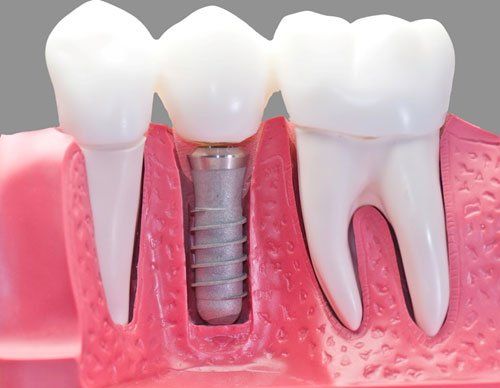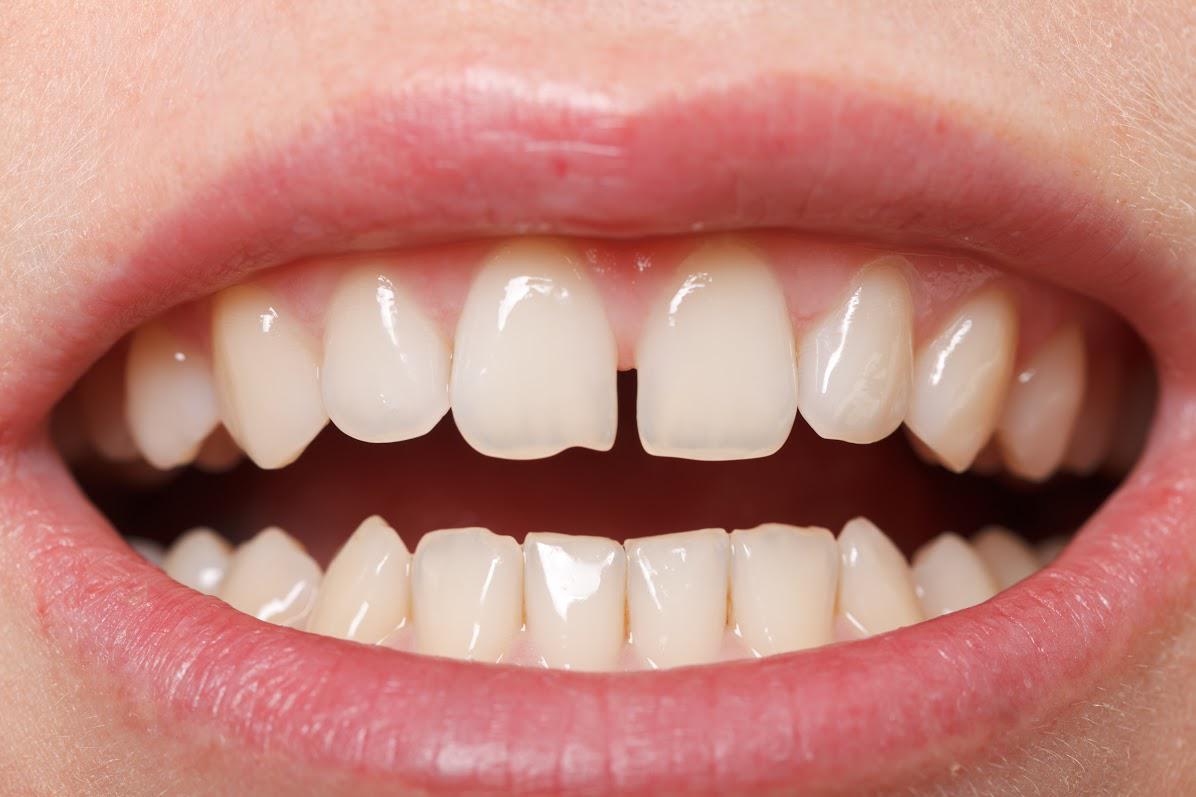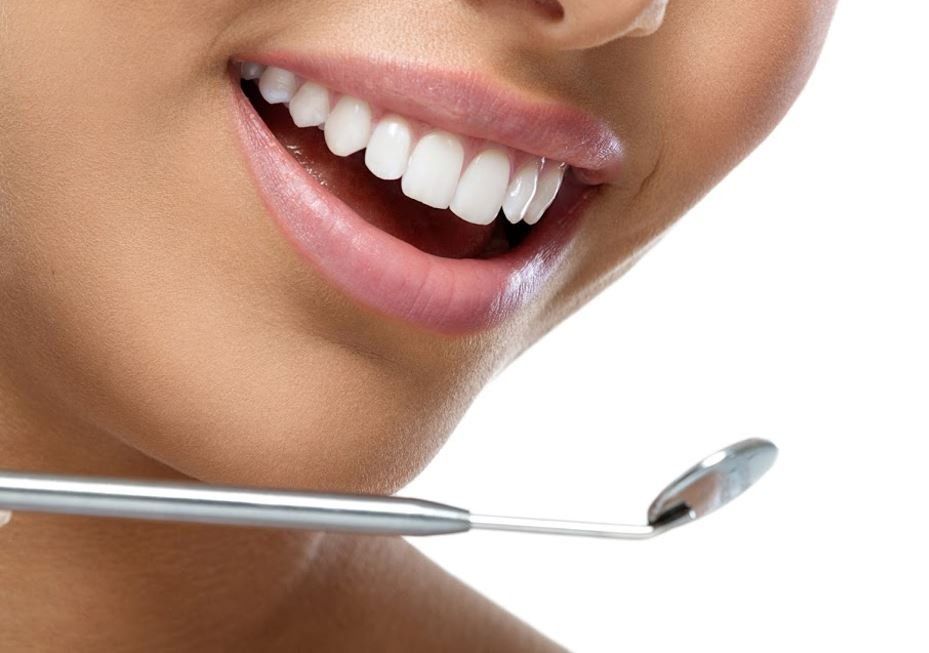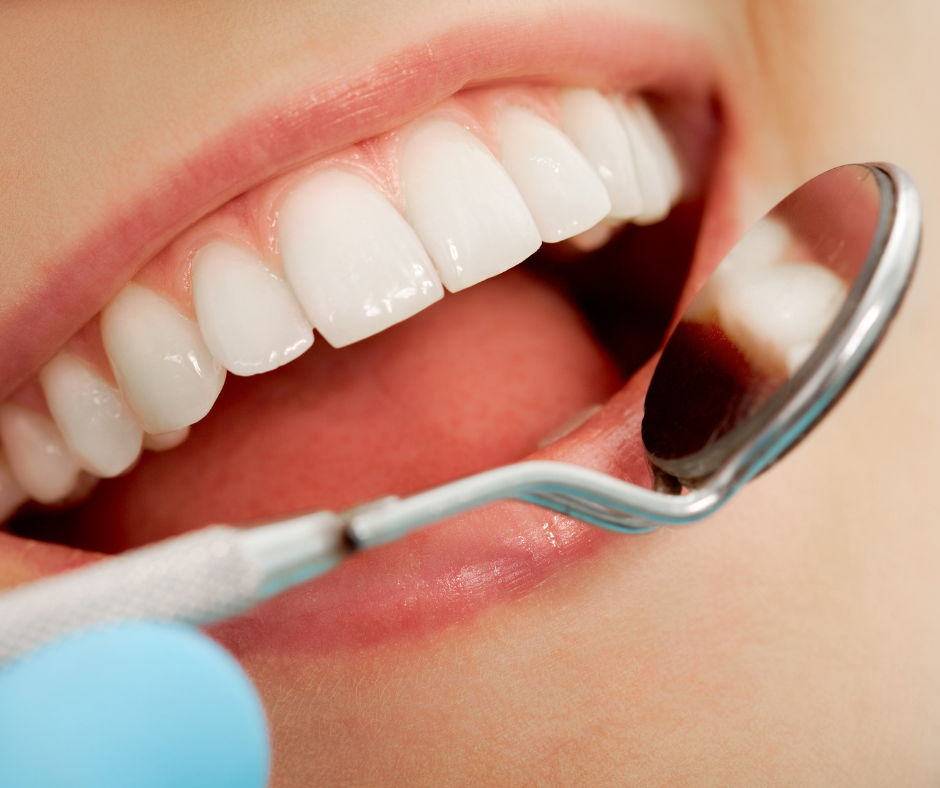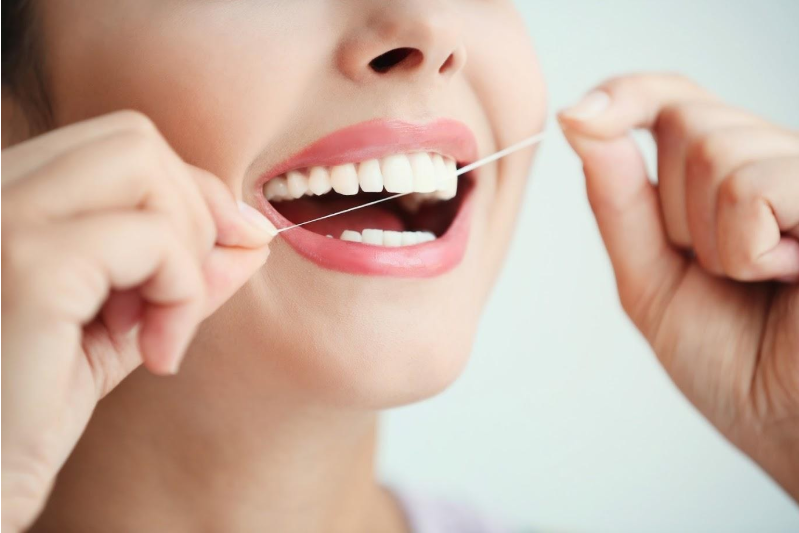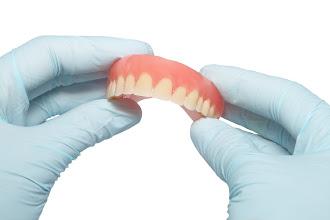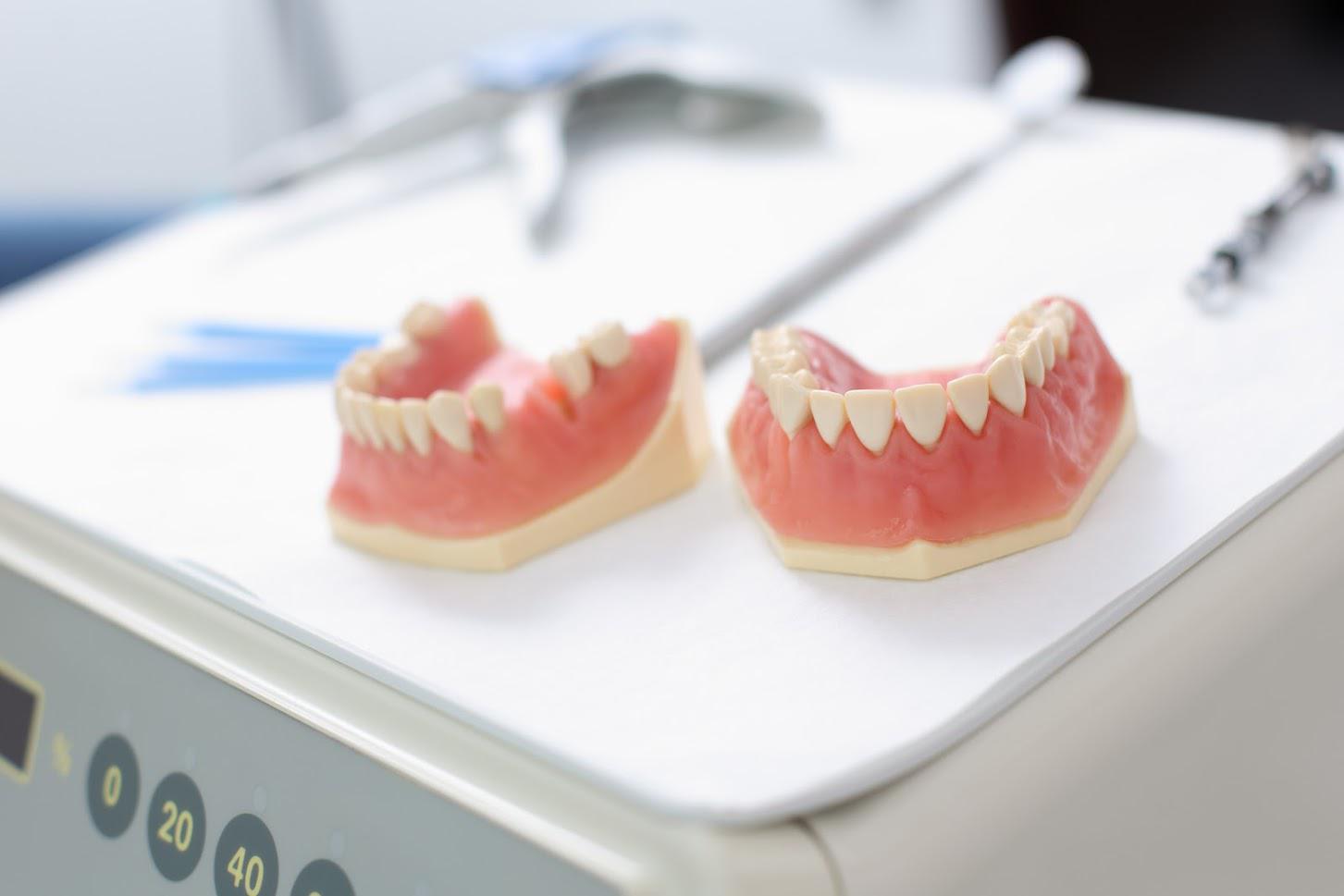
A Guide to Crown Materials
A crown acts as a shell for a damaged tooth. A dentist removes the broken or decayed portion of the tooth and places the crown over it to protect the remaining part of the tooth. When a dentist recommends you receive a crown, you'll have a choice regarding the material you desire. You should understand the material choices and the benefits of each one to make an informed decision.
What to Know About Dental Crown Materials
Your dentist will give you the option of the type of dental crown material. Common materials include:
- Porcelain
- Ceramic
- Porcelain-fused-to-metal
- Metal
Porcelain is a ceramic material created by a firing process. Porcelain has a translucent appearance. Ceramic is also a fired material that has the same color as your natural tooth, although it's not as translucent.
Porcelain-fused-to-metal crowns consist of a metal coated in porcelain. The metal strengthens the crown while still giving you the natural appearance of a tooth. Metal crowns come in a variety of materials, such as gold, nickel, platinum, and chromium. They remain the color of the metal they consist of.
What to Consider When Choosing a Material
You have plenty to consider when choosing a crown material. Some of the most pertinent factors to consider include:
- Appearance
- Longevity
- Strength
- Cost
By considering these factors, you can make the best choice for your mouth.
Appearance
Porcelain, ceramic, and porcelain-fused-to-metal are the most natural-looking crowns because a dentist can craft them to match the color of your natural teeth. The porcelain crowns look the most like your natural teeth because they have a translucent appearance like your own teeth do. These are ideal for your front four teeth because of their appearance.
Metal crowns, on the other hand, look the least natural. They're very noticeable when you opt to use this material for a crown on your front teeth.
Longevity
Generally, a crown lasts between 10 to 15 years. However, certain materials don't last as long as others.
Porcelain and ceramic wear out sooner than metal, which is the most durable option, especially when the crown is on your back teeth.
Strength
If you want to choose the strongest crown material for all of your teeth, choose metal. Porcelain and ceramic can chip or crack more easily, especially if you grind or clench your teeth.
However, if you also worry about aesthetics, you may choose porcelain or ceramic for your front teeth. Then, you can opt for metal on your back teeth — the ones that endure the highest amount of pressure when you chew.
If you want both strength and a crown that looks like your original tooth, consider porcelain-fused-to-metal for your crown.
Cost
As you decide on the ideal material to choose for your dental crown, factor in cost. Price is even a concern if you have dental insurance. Insurance tends to cover only a part of the cost of a crown. You also have to consider your annual maximum.
Porcelain and ceramic usually cost more than metal. If you're looking to save money, you may want to consider metal for all of your teeth or as many of them as possible.
Allergies
Some people are allergic to a certain type of metal. If you had a reaction to a metal in the past, even if it was only when you wore jewelry, you should discuss this with your dental practitioner.
Crowns can protect your tooth from further damage, preserve your ability to chew, and give you back your confidence. You have a few options to choose from when deciding on a material, and you should compare these choices based on appearance, price, strength, and longevity.
Schedule an appointment with Gregory S. Rutherford, DDS, PA, serving Sarasota, FL, and the nearby region, by contacting us today to discuss your options for a tooth restoration.

HOURS OF OPERATION
- Mon - Thu
- -
- Friday
- -
- Sat - Sun
- Closed







HOURS OF OPERATION
- Mon - Thu
- -
- Friday
- -
- Sat - Sun
- Closed

